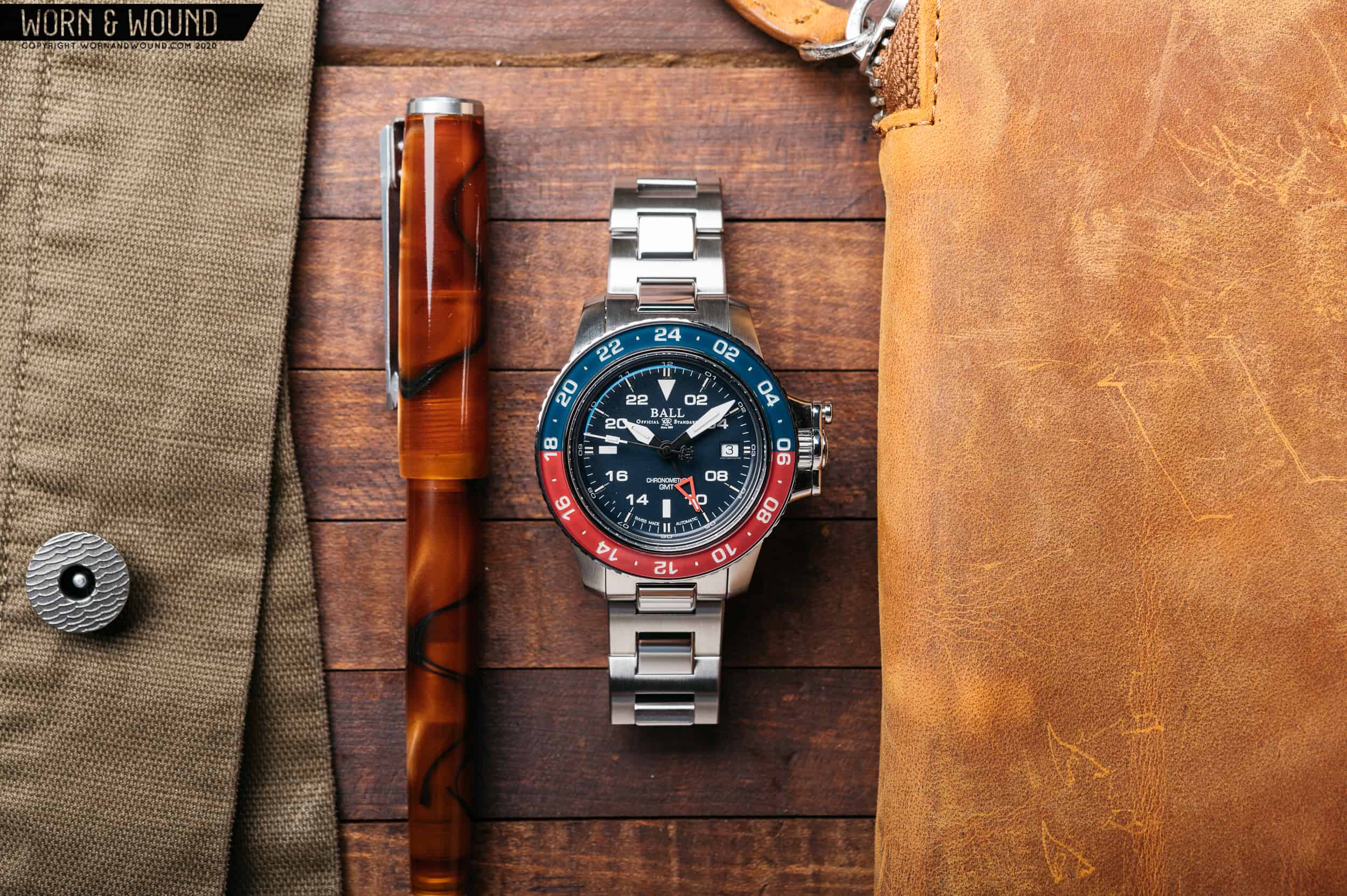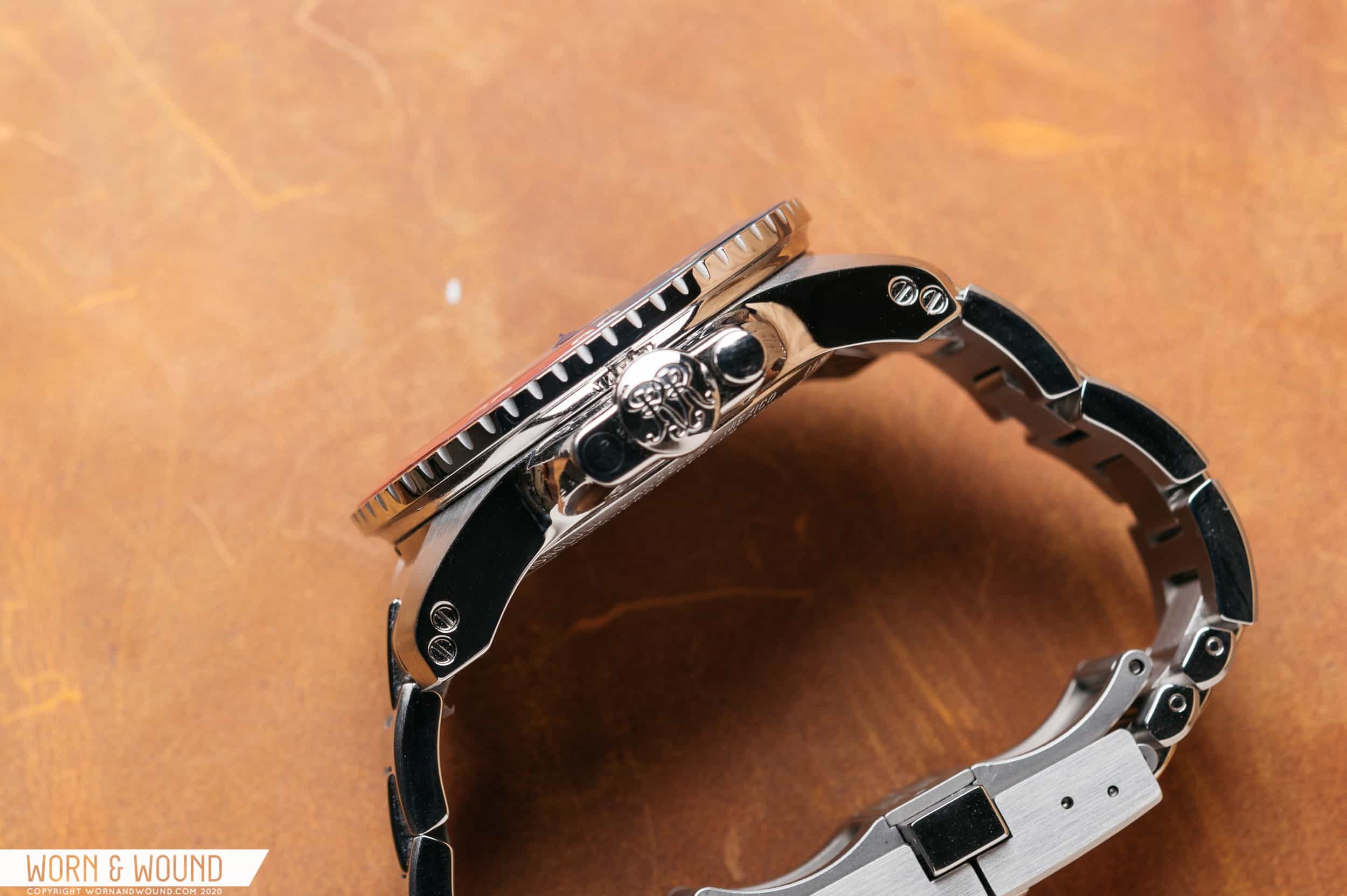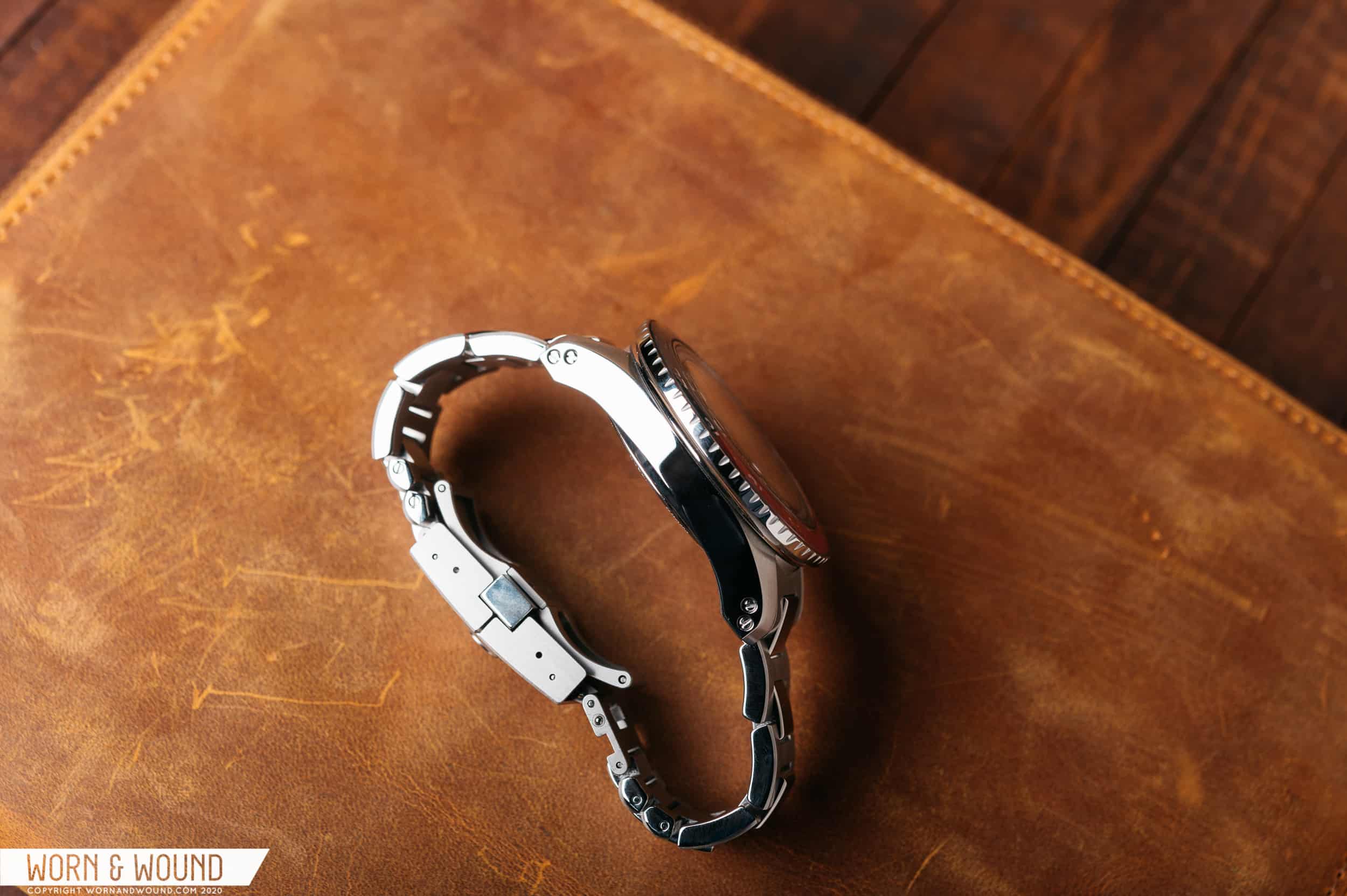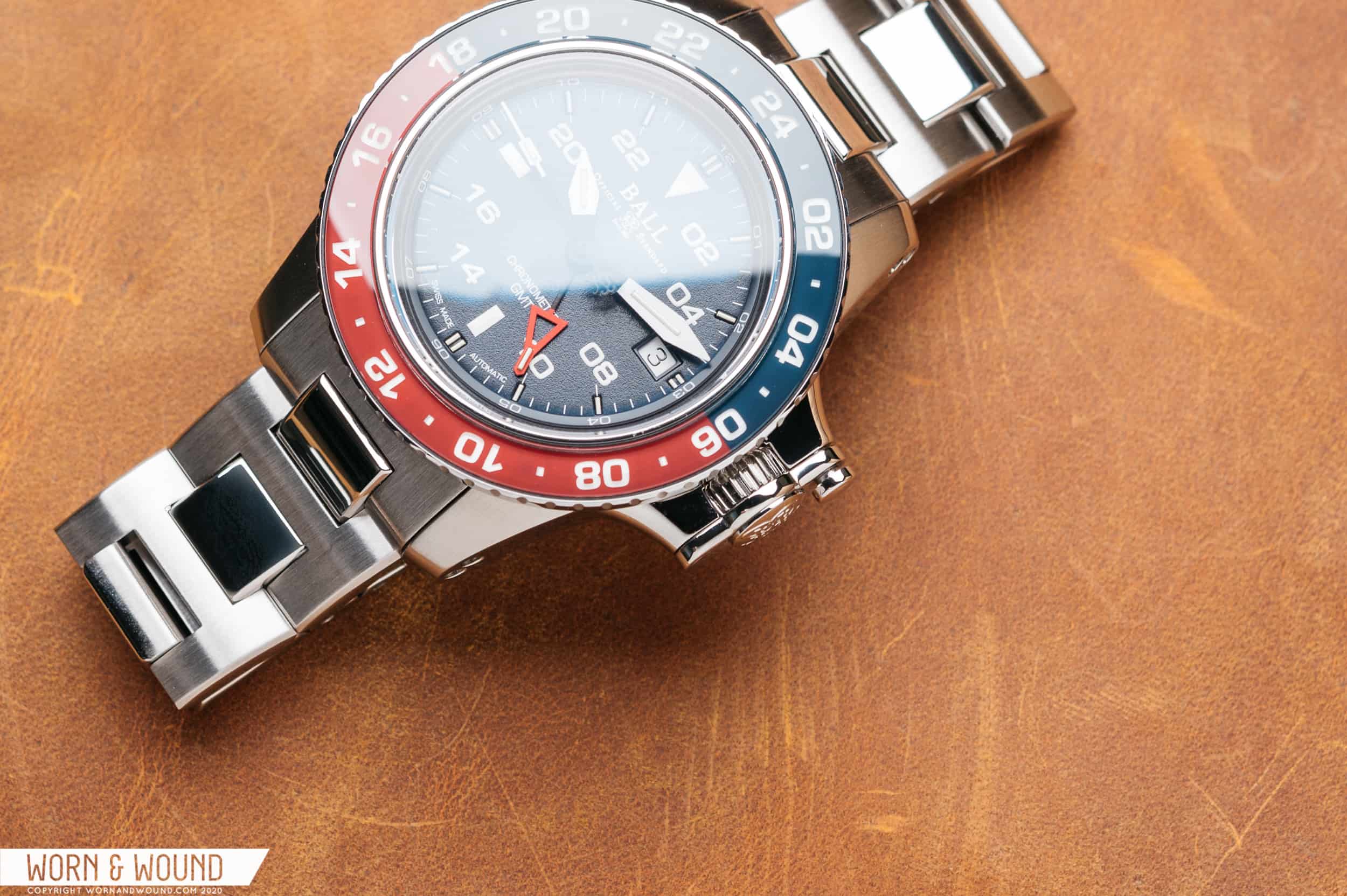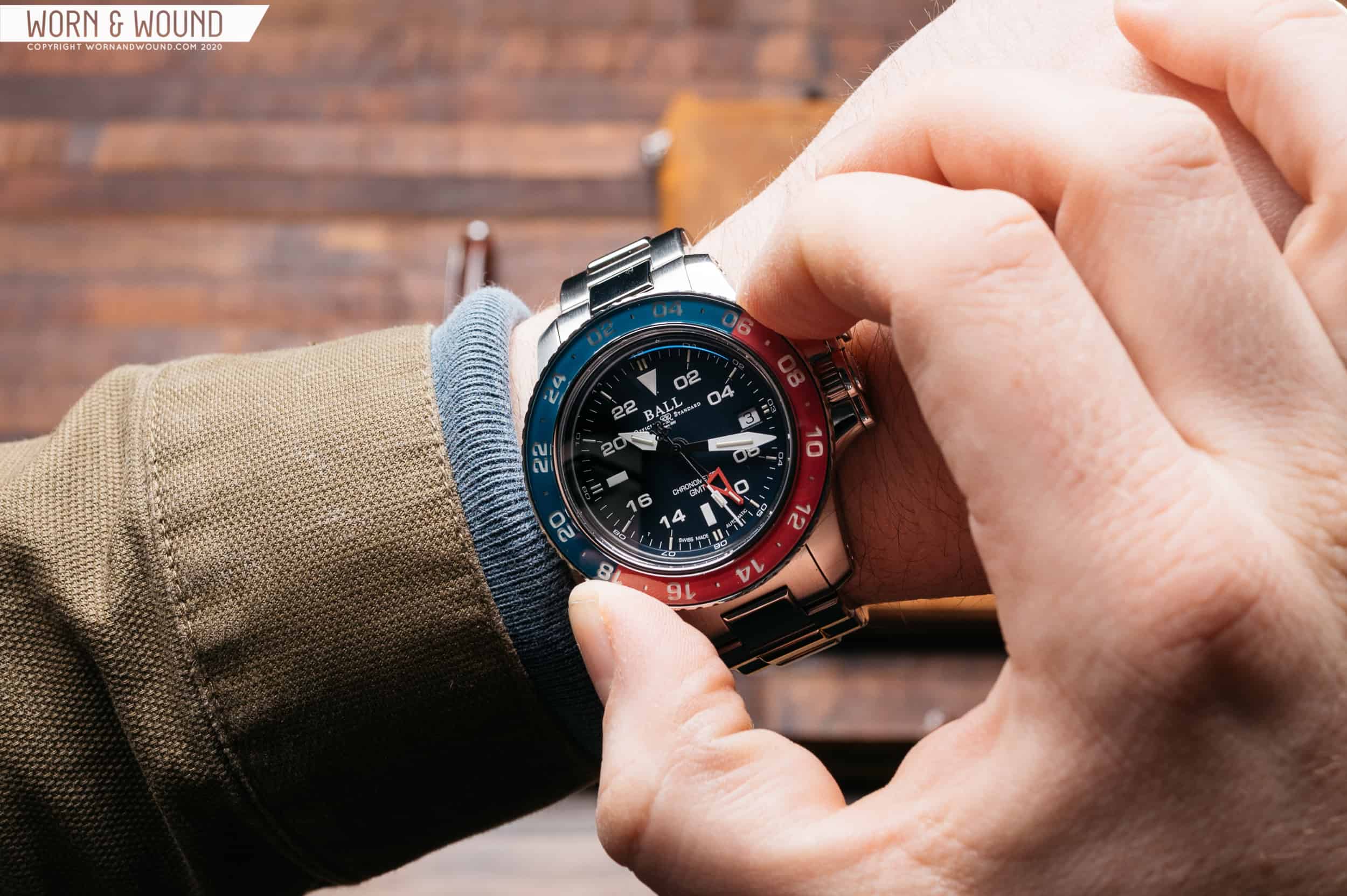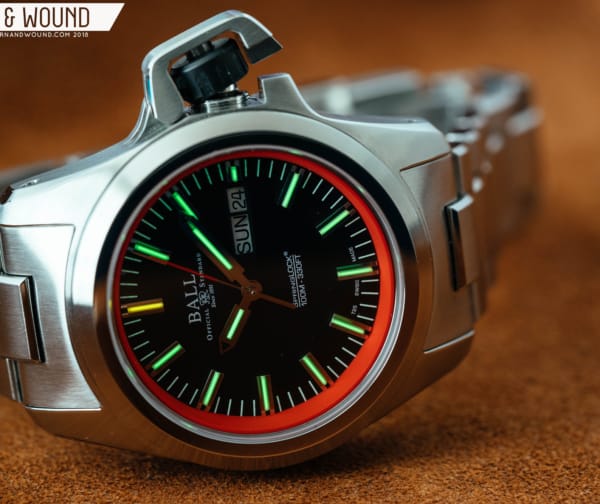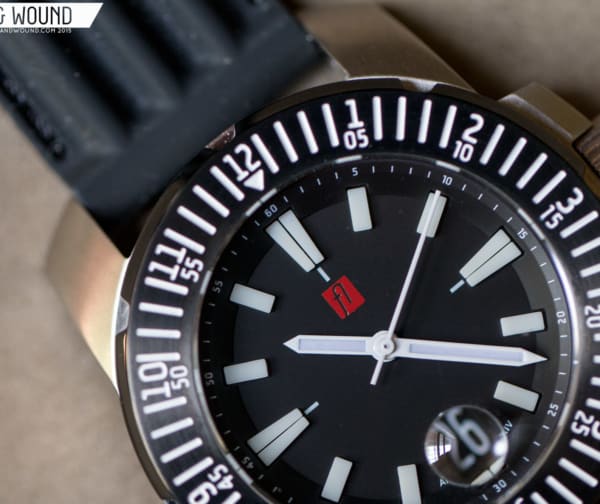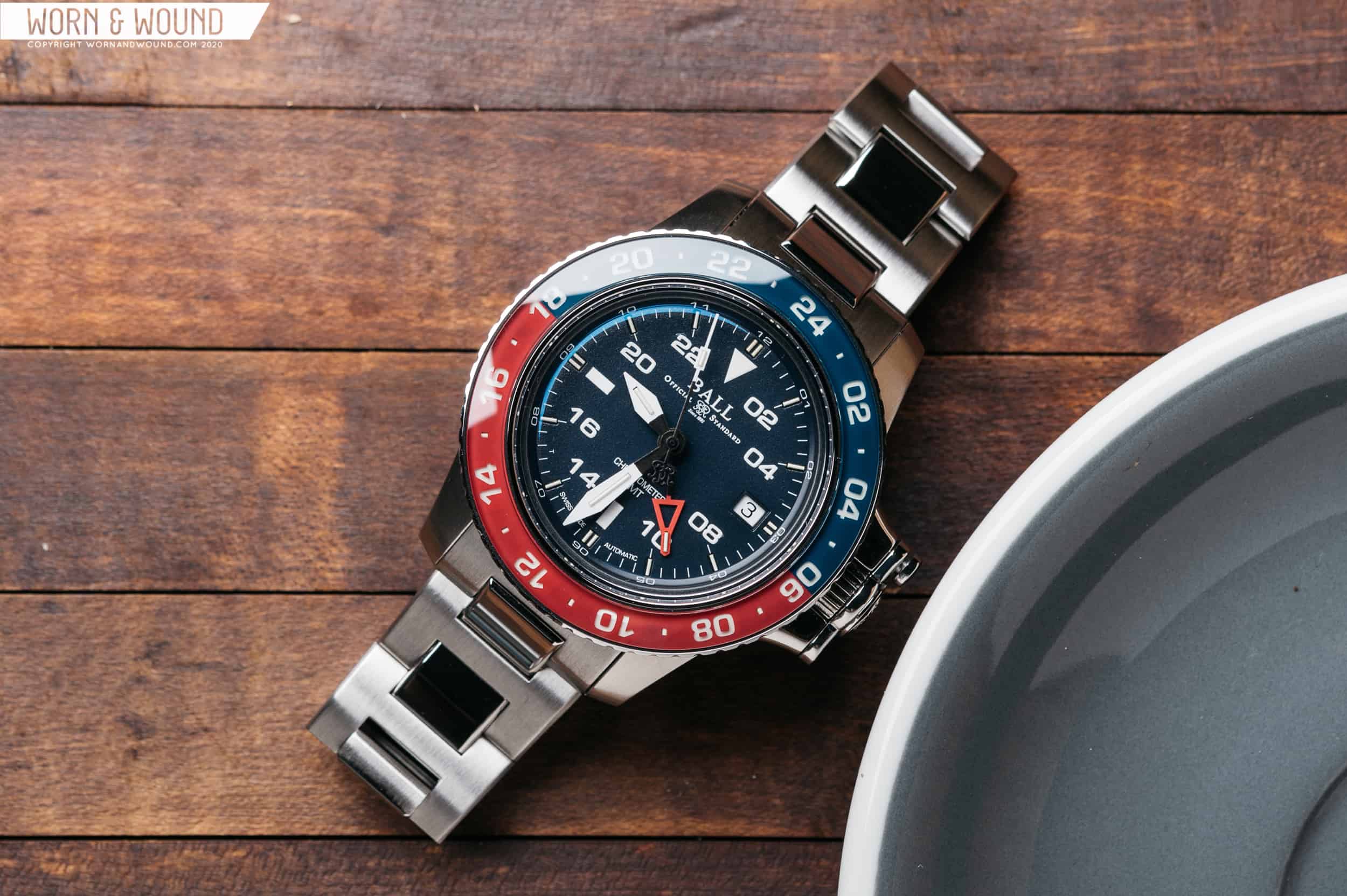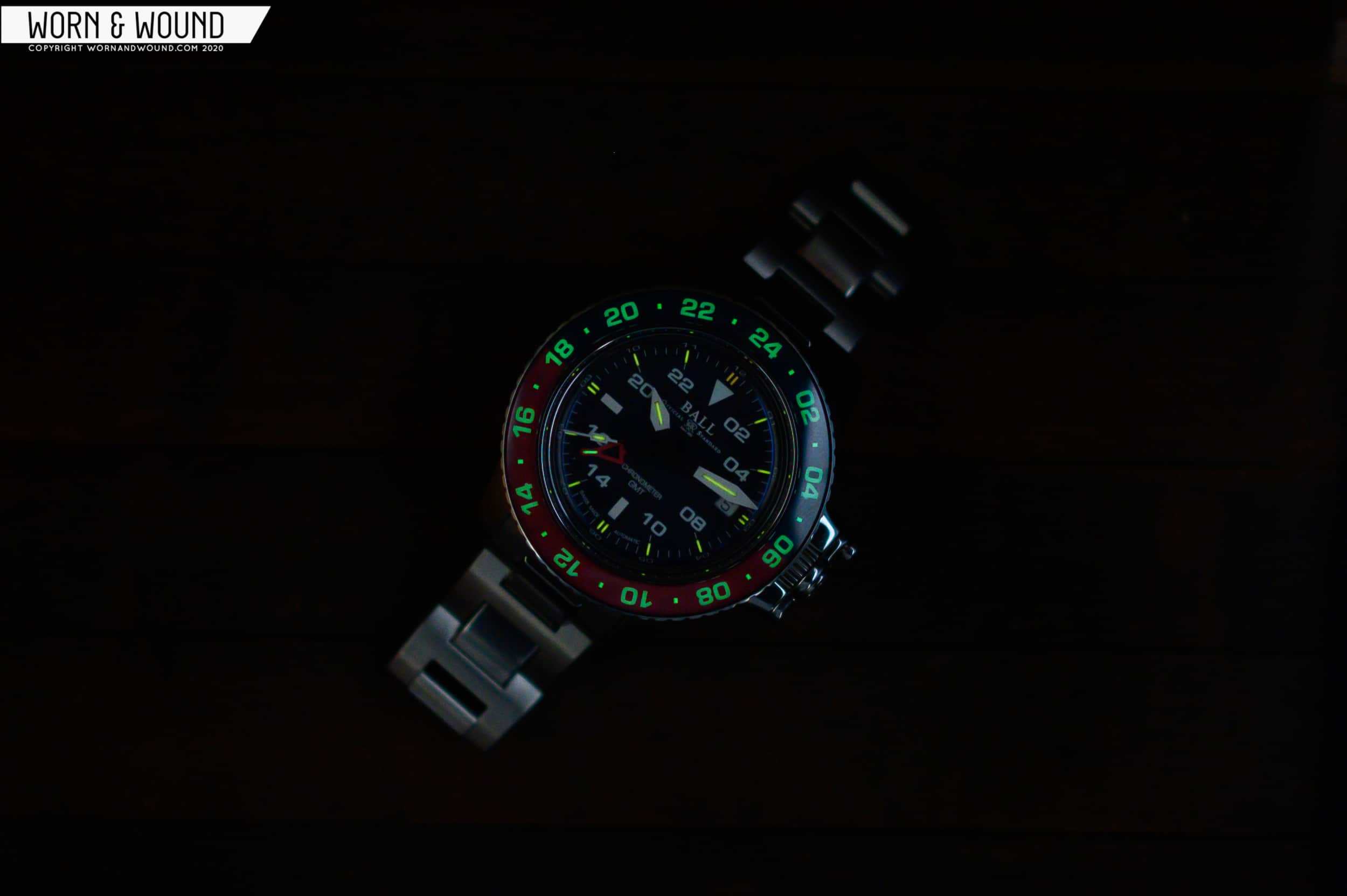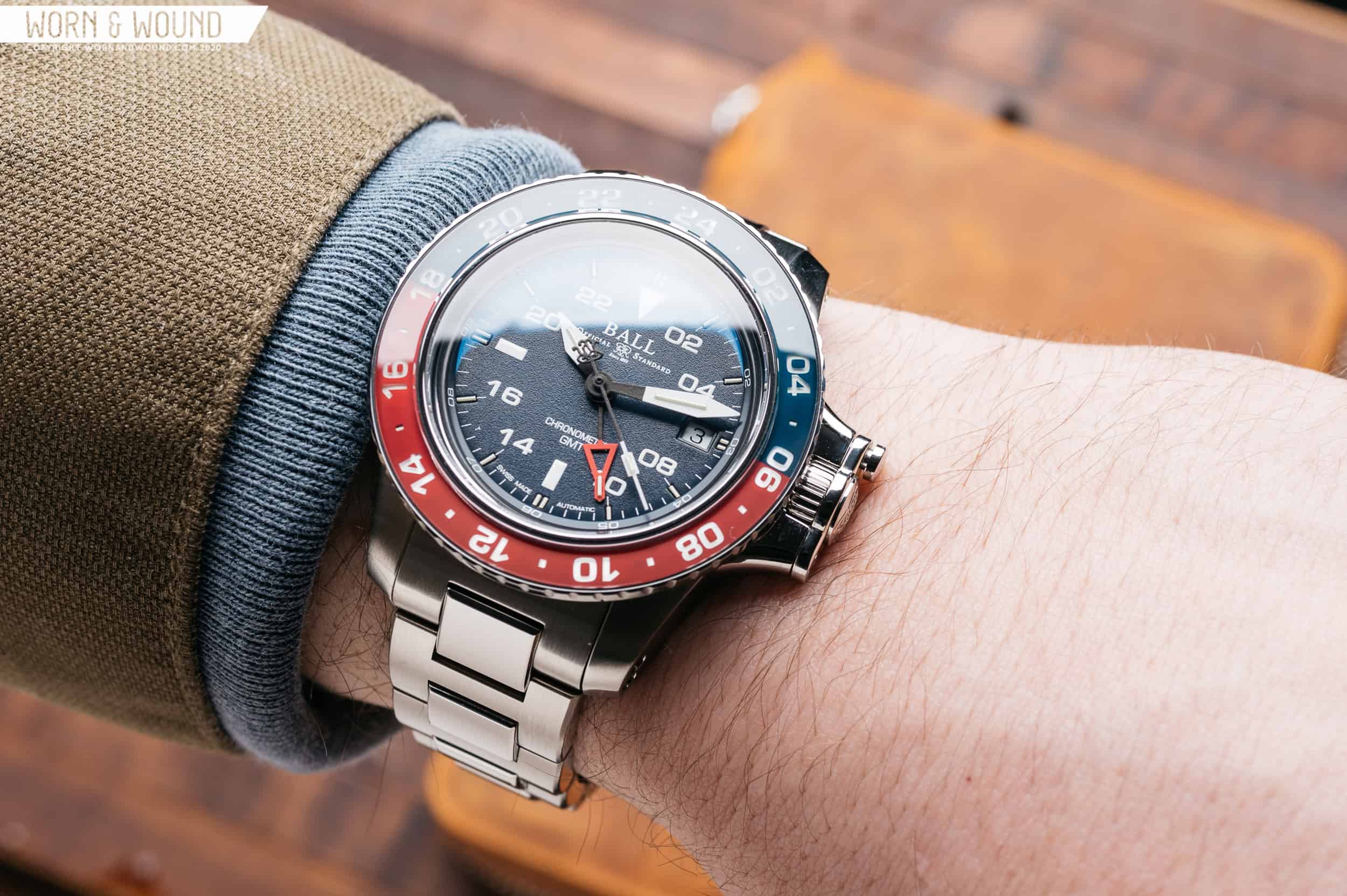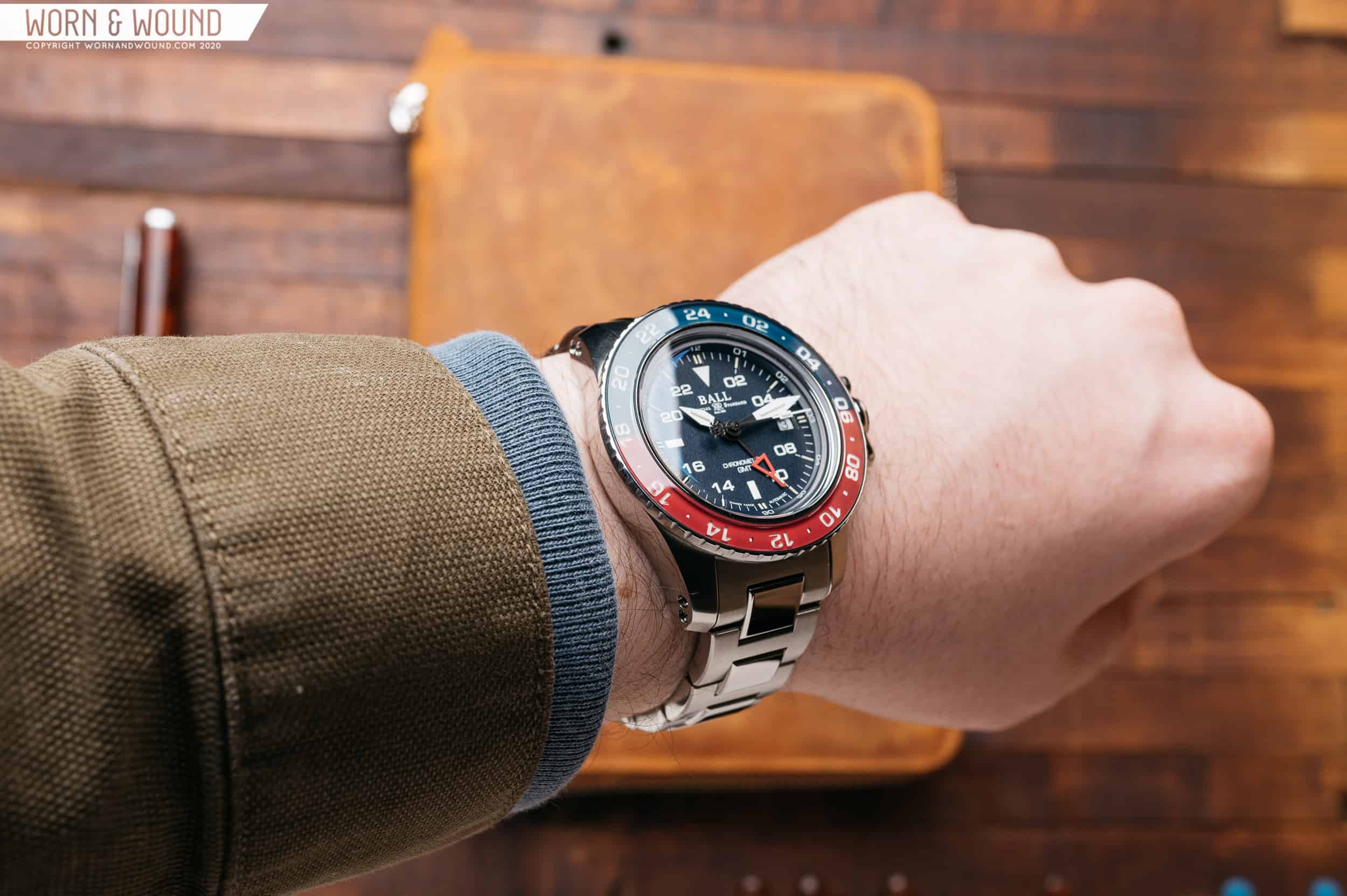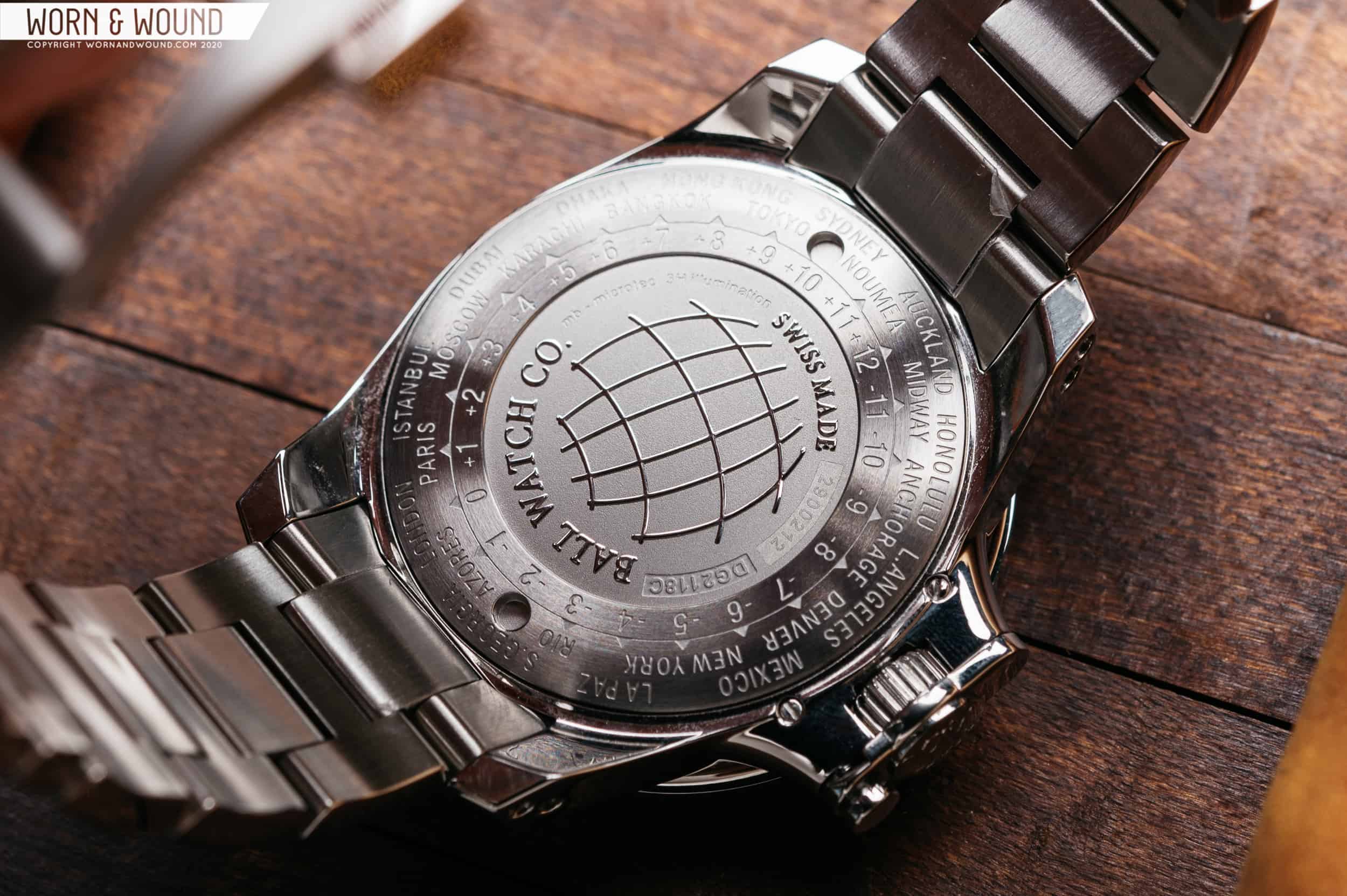Ball Watch Company is no stranger to the watchmaking world. They’ve been crafting timepieces since the late 1800s, always with a focus on accuracy. The company was founded in the aftermath of a railroad accident that resulted in a push to regulate timing protocols to avoid future railroad disasters. An accurate timepiece made the job easier, hence the creation of the Ball Watch Company. Today, the watches are aesthetically very different from those historical pieces, but the ethos remains largely the same. These are tough, feature-heavy watches designed with legibility and precision in mind, but with a contemporary outward appearance to entice the modern customer.
In spite of its name, the watch we’re looking at today isn’t geared towards engineers, but to airline pilots and travelers who find themselves constantly crossing timezones. Ball’s Engineer Hydrocarbon AeroGMT II (henceforth referred to as the AeroGMT) is a rock-solid GMT watch that mixes vintage looks with modern tech. Let’s break it down.









 Featured Videos
Featured Videos




